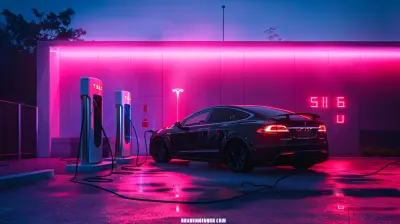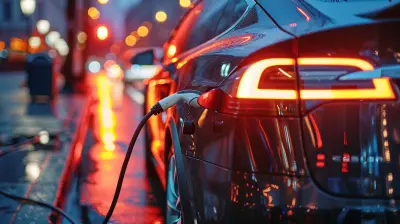Smartphone Myths Debunked: Separating Fact from Fiction
12 May 2025
Smartphones have become an essential part of our daily lives. From messaging to social media, gaming to photography, these pocket-sized devices are basically mini-computers that we can’t seem to live without. But with great power comes great misconception. Yep, that’s right—there are a lot of myths floating around when it comes to smartphones. Some are harmless, but others might actually affect how you use your device or what you think about its capabilities.
So, in this article, we're diving headfirst into some of the most common smartphone myths and debunking them. No need to worry—by the time you finish reading, you'll have a clearer picture of what’s fact and what’s fiction. So, let’s get started!
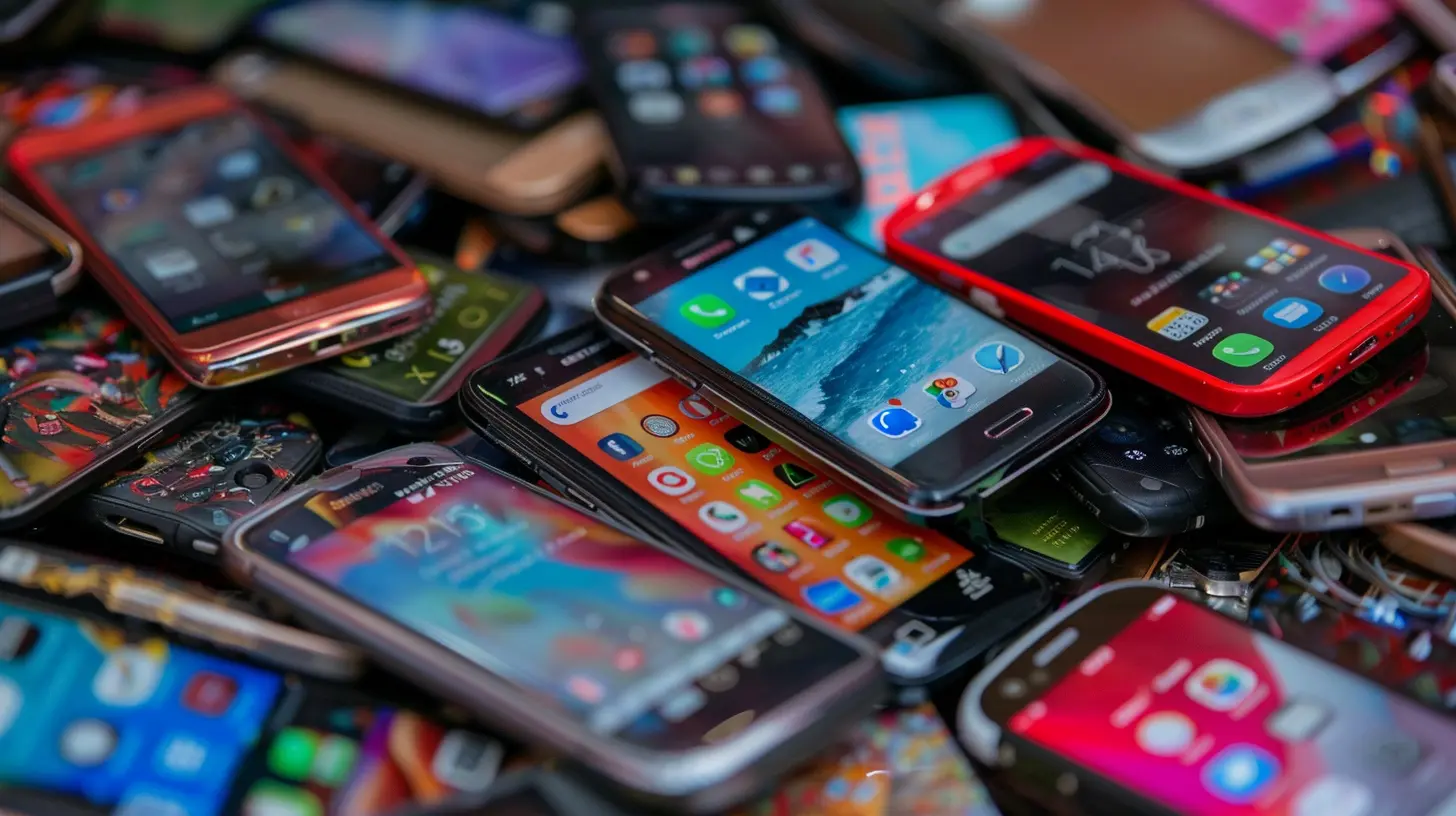
Myth 1: More Megapixels Mean Better Photos
Let’s kick things off with one of the most widely believed myths: the idea that more megapixels automatically mean better photos. You’ve probably heard people say, “This phone has a 108-megapixel camera, so it must take amazing pictures!” But here’s the truth—megapixels are just one piece of the puzzle.Yes, a higher megapixel count allows for larger and more detailed images, but that's not the only factor in determining picture quality. Other elements like sensor size, lens quality, and image processing software play a massive role as well. Think of megapixels as the number of bricks in a wall—more bricks might make the wall bigger, but if the bricks are poorly made, the wall won’t be strong.
So, don’t fall into the trap of thinking a higher megapixel count equals better photos. You’re far better off looking at the overall camera performance, including features like low-light capability, optical zoom, and image stabilization.
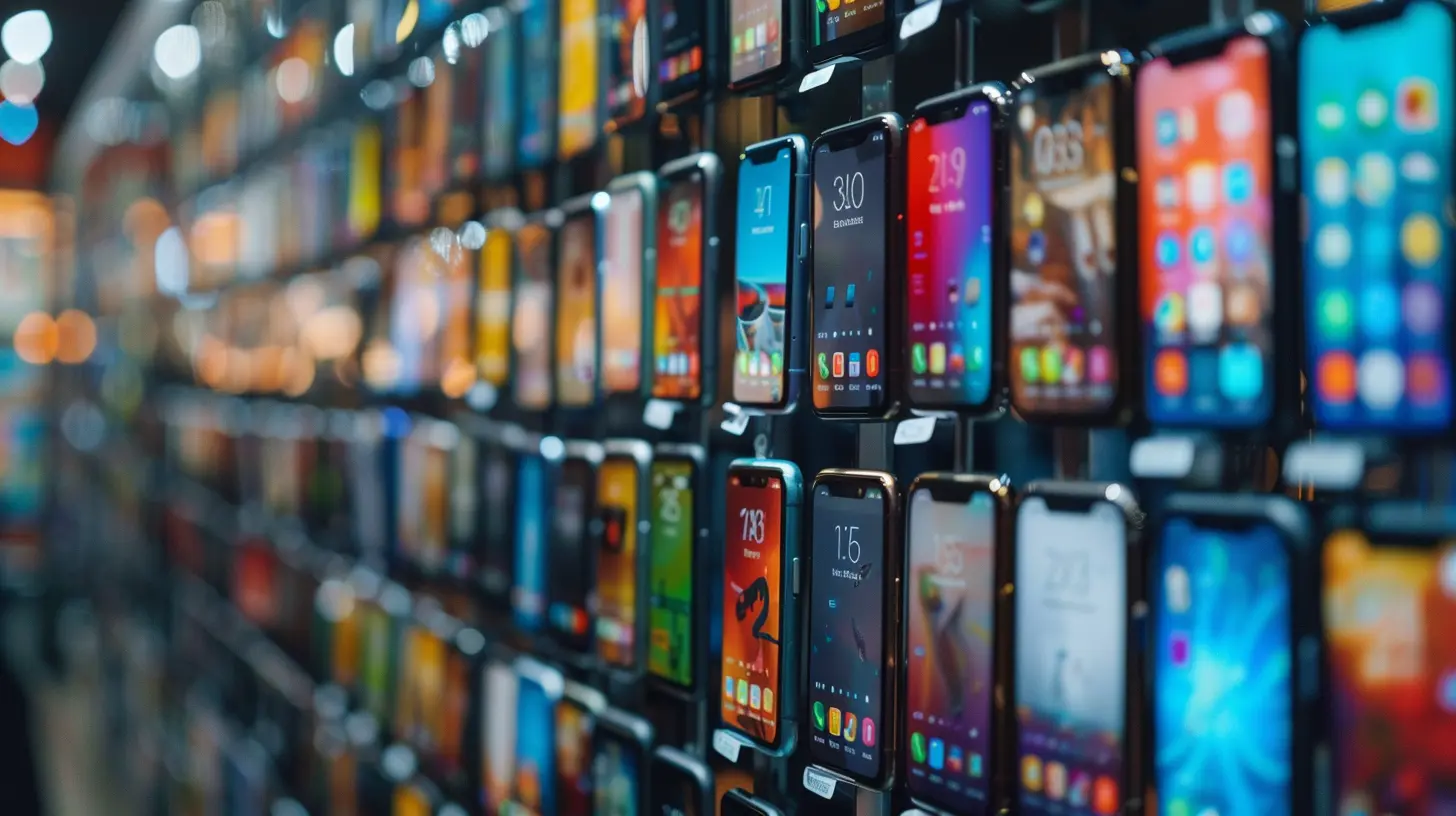
Myth 2: Closing Background Apps Saves Battery Life
This one’s a biggie! Many smartphone users religiously close apps running in the background, thinking it will save battery life. The logic seems sound—fewer apps running, less battery drain, right? Well, not quite.In reality, most modern smartphones are designed to manage background apps efficiently. When you switch away from an app, it often goes into a "sleep" or "paused" state, where it consumes very little power. By forcefully closing apps, you may actually cause your phone to work harder when you reopen them, thus draining more battery in the long run.
So, unless an app is misbehaving or explicitly draining your battery (which you can usually check in your phone’s settings), it’s best to let your phone handle the background processes.
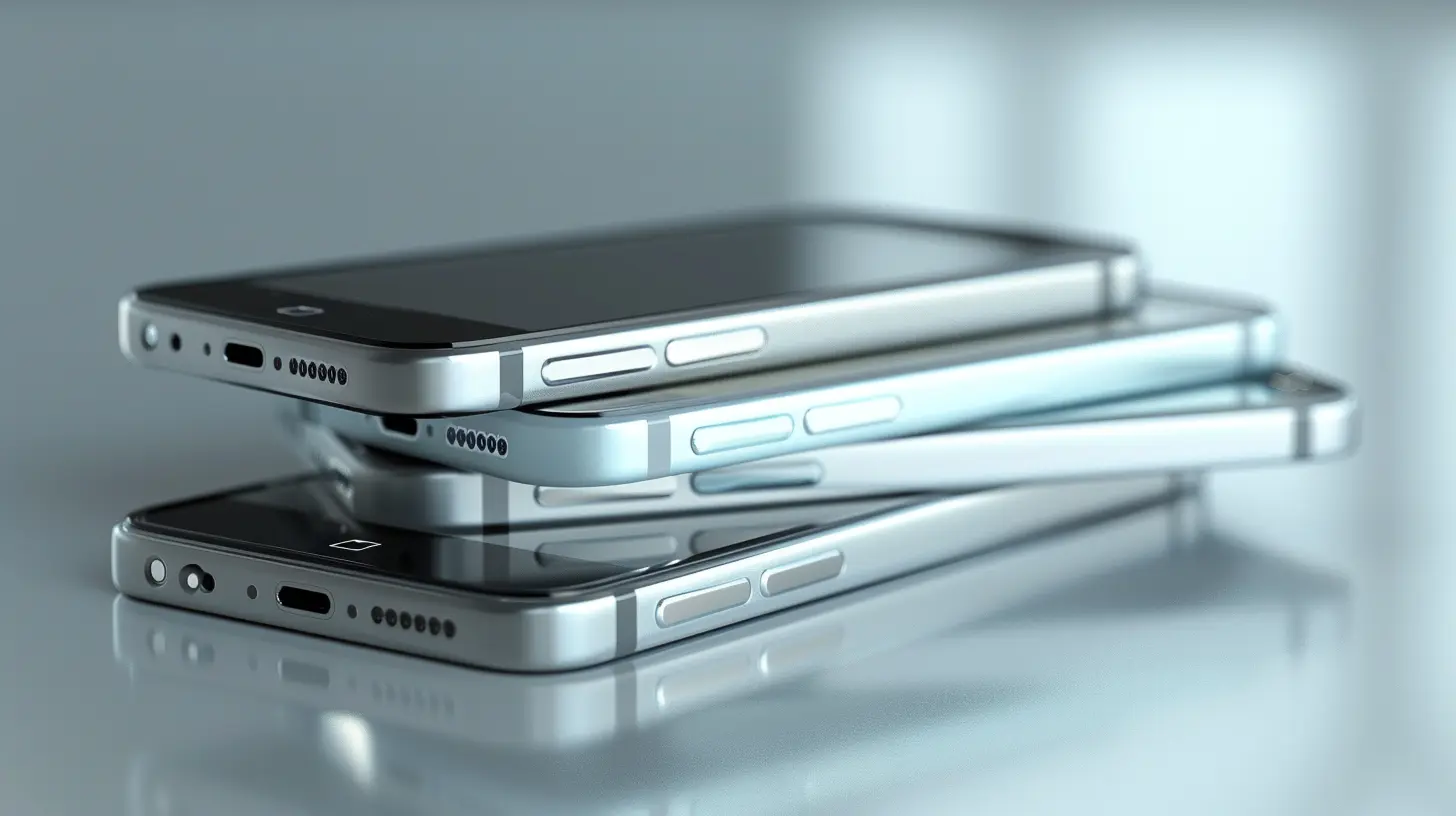
Myth 3: Charging Your Phone Overnight Damages the Battery
We’ve all heard this one: “Don’t charge your phone overnight! It will overcharge and ruin the battery!” But this myth is outdated, tied to older battery technologies that aren’t used in today’s smartphones.Modern smartphones use lithium-ion batteries and come equipped with smart charging circuitry that stops drawing power once the battery is fully charged. So, leaving your phone plugged in overnight won’t cause it to overcharge. The phone simply stops charging when it hits 100%, and then typically just "tops off" if the charge drops a little.
However, what can degrade battery life over time is heat. Charging generates warmth, so if your phone is consistently overheating, that’s something to watch out for. But overnight charging itself? Totally safe.
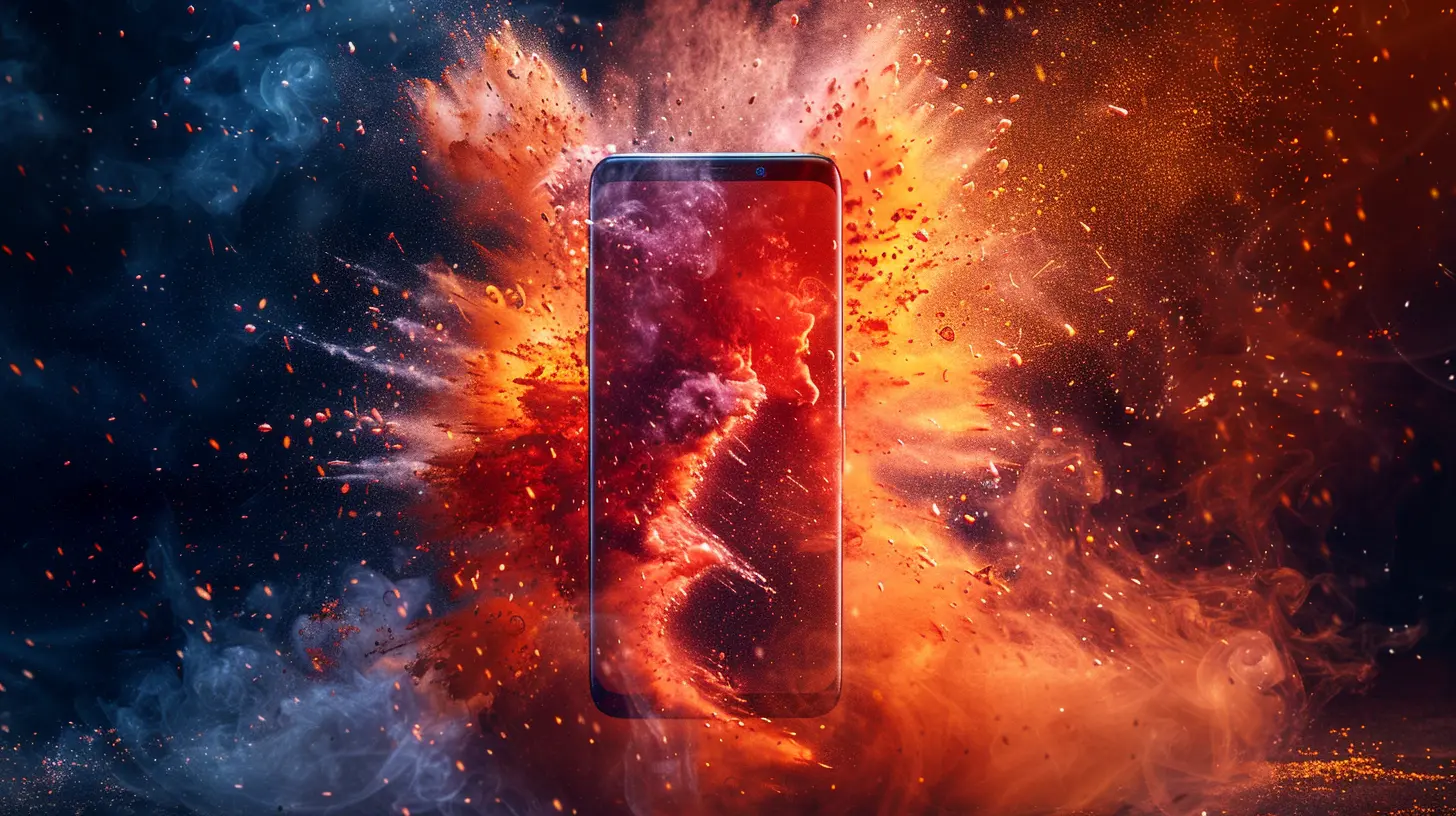
Myth 4: You Should Always Use the Charger That Came with Your Phone
This one’s a bit of a half-truth. Yes, it’s ideal to use the charger that comes with your phone since it’s optimized for your specific device. But that doesn’t mean third-party chargers are automatically bad.As long as the charger you’re using is from a reputable brand and meets the necessary voltage and amperage requirements, it should be perfectly fine. In fact, many third-party chargers, especially those that are certified by organizations like USB-IF, can work just as well as the original charger.
However, you do want to steer clear of super-cheap knockoff chargers. These can be poorly made and might not regulate power properly, potentially damaging your phone. So, while you don’t always have to use the charger that came with your phone, make sure any alternative charger is high-quality and safe.
Myth 5: Turning Off Wi-Fi and Bluetooth Saves a Lot of Battery
It’s a common belief that turning off Wi-Fi and Bluetooth when you’re not using them will save a significant amount of battery. While it’s true that these features do consume some power, modern smartphones have made huge strides in energy efficiency.When Wi-Fi and Bluetooth are on but not actively in use, they typically consume very little battery. In many cases, leaving them on won’t make a noticeable difference in your phone’s battery life. Plus, having Wi-Fi on can actually help save battery because your phone uses less energy on Wi-Fi compared to cellular data.
Of course, if you’re really trying to squeeze out every last drop of battery life, you can turn them off. But for most people, it’s not worth the hassle.
Myth 6: A Phone with More Cores Is Always Faster
You’ve probably seen advertisements for phones boasting octa-core or even deca-core processors, with the implication that more cores mean better performance. But here’s the thing: more cores don’t necessarily mean a faster phone.Smartphone processors are designed to manage different types of tasks efficiently. For example, some cores in a multi-core processor are high-performance cores designed for heavy tasks like gaming or video editing, while others are low-power cores that handle less demanding tasks like browsing or checking email. If the phone’s software isn’t optimized to take advantage of all those cores, the extra cores might not make much of a difference in everyday use.
So, instead of focusing purely on the number of cores, look at the overall performance of the phone, including benchmarks, user reviews, and real-world usage.
Myth 7: You Should Let Your Battery Fully Drain Before Charging
This myth comes from the older days of nickel-cadmium (NiCad) batteries, which had a “memory effect” and needed to be fully drained before recharging to maintain their capacity. However, modern lithium-ion batteries used in smartphones don’t suffer from this issue.In fact, regularly letting your battery drain to 0% might actually shorten its lifespan. Lithium-ion batteries perform best when kept between 20% and 80% charge. If you’re constantly letting your battery drain down to 0%, you’re putting unnecessary strain on it. So, feel free to charge your phone whenever you need to—there’s no need to wait for it to hit rock bottom.
Myth 8: Airplane Mode Charges Your Phone Faster
This myth has a kernel of truth. When you put your phone in airplane mode, it disables cellular, Wi-Fi, and Bluetooth connections. Since your phone isn’t using power to search for network signals, it might charge a bit faster.However, the difference is minimal. In most cases, you’re not going to see a huge improvement in charging speed. If you’re really in a rush, your best bet is to use a fast charger or a charger that supports quick charging technology like Qualcomm's Quick Charge or USB Power Delivery.
Myth 9: Higher Refresh Rates Are Just a Gimmick
Some people think that higher refresh rates—like 120Hz or 144Hz displays—are just a marketing gimmick and don’t really improve the user experience. But that’s not entirely true.A higher refresh rate means that the screen refreshes more frequently, which leads to smoother animations, scrolling, and transitions. This is especially noticeable when gaming or navigating through apps. Once you’ve used a phone with a higher refresh rate, it’s hard to go back to a standard 60Hz display—it feels like the difference between watching a movie in HD versus standard definition.
That said, higher refresh rates do consume more battery, so many phones allow you to toggle between different refresh rates depending on your needs. But calling them a gimmick? Definitely fiction.
Myth 10: 5G Will Drain Your Battery Faster
There's a common concern that using 5G will drain your phone’s battery much faster than 4G. While it’s true that earlier 5G modems were less efficient, technology has come a long way. Modern 5G smartphones are designed to be more power-efficient, and the difference in battery drain between 4G and 5G isn’t as drastic as it once was.In fact, as 5G networks become more widespread and optimized, you might actually see better battery performance in the long run. So, while 5G might consume slightly more power in certain scenarios, it’s not the battery killer many people think it is.
Wrapping It Up
There you have it—10 of the most common smartphone myths, completely debunked. Whether it’s the belief that more megapixels equal better photos or the misconception that you should let your battery drain before charging, these myths have been around for far too long. Hopefully, this article has helped clear things up and given you a better understanding of how your smartphone actually works.Remember, the next time someone tells you to close all your apps to save battery or warns you about overnight charging, you can confidently say, “That’s just a myth.”
all images in this post were generated using AI tools
Category:
SmartphonesAuthor:

Vincent Hubbard
Discussion
rate this article
5 comments
Rosalind Garcia
Finally, proof that my phone isn’t plotting against me! If smartphones really had minds of their own, I'd expect a little more help with my shopping list. 😂📱
May 24, 2025 at 2:47 AM

Vincent Hubbard
Glad you found it helpful! Smartphones may not have minds of their own, but they can definitely assist with your shopping list—if you use the right apps! 😄📱
Daniella McKnight
Great insights! It's essential to address common misconceptions about smartphones. Debunking these myths helps consumers make informed decisions and fosters a better understanding of technology's true capabilities.
May 19, 2025 at 1:02 PM

Vincent Hubbard
Thank you! I'm glad you found the insights valuable. Addressing these myths is crucial for empowering consumers with accurate information.
Daphne Kirk
This article effectively clarifies common misconceptions about smartphones, providing readers with evidence-based insights that enhance their understanding and usage of modern mobile technology.
May 15, 2025 at 7:28 PM

Vincent Hubbard
Thank you! I'm glad you found the article informative and helpful in clarifying those myths.
Foster Hill
Great insights! It's important to distinguish fact from fiction in the tech world. This article empowers readers to make informed decisions about their smartphones. Well done!
May 14, 2025 at 8:12 PM

Vincent Hubbard
Thank you! I'm glad you found the article helpful in navigating smartphone myths.
Sierra McLean
Great read! It's refreshing to see these smartphone myths busted. Knowledge is power, and now we can enjoy our devices without the confusion. Keep it up!
May 13, 2025 at 7:11 PM

Vincent Hubbard
Thank you! I’m glad you found it informative. Knowledge truly does enhance our tech experience!

